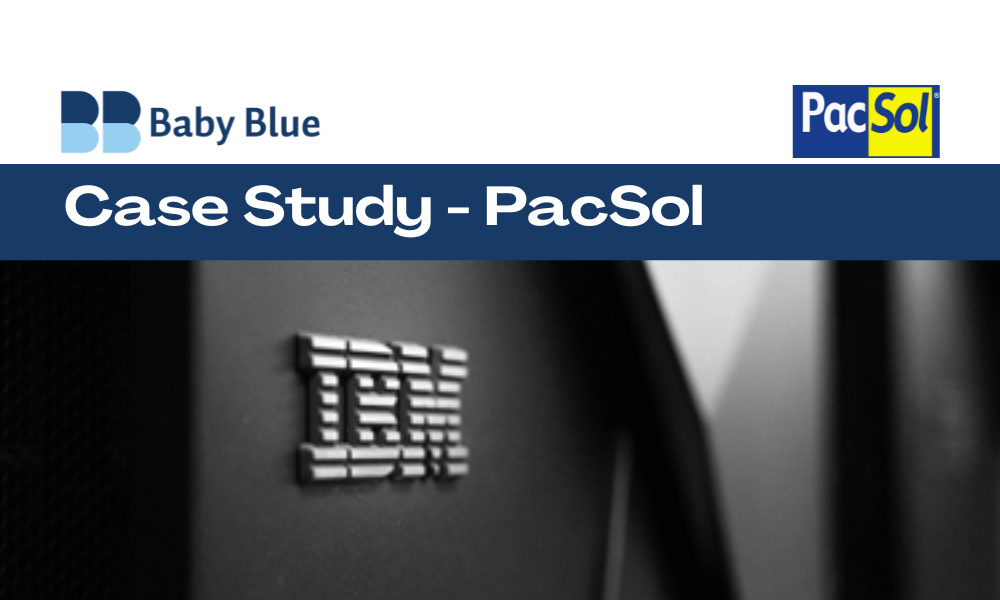TPM and AI Hardware: Hype, Reality, and the Road Ahead
22 July 2025 - 5 Minute Read
By Chris Smith - Independent Advisor to TPMs, Private Equity, and 2 of the big-3 Boston based Consulting Firms

As artificial intelligence continues to reshape enterprise technology, the infrastructure powering it, particularly high-performance GPUs, is attracting global attention. To many observing the third-party maintenance (TPM) sector, this looks like a generational opportunity. AI workloads demand hardware that is compute-intensive, infrastructure-heavy, and refreshes rapidly. But from a commercial and operational standpoint, TPM is not yet well-positioned to capitalise on this shift, at least, not in the way some market narratives suggest. In my work advising private equity and two of the world’s leading consultancy firms on TPM market trends and valuation dynamics, I’ve seen first-hand how the perceived opportunity in AI is affecting strategic positioning, acquisition pricing, and capital raise stories across the industry. But when we look past the headlines, a more cautious view emerges.
GPU Refresh Cycles Are Too Short for TPM to Scale
AI infrastructure moves fast. Unlike traditional enterprise servers, where refresh cycles typically span five to seven years, AI-grade GPUs are being cycled out in just two to three years, sometimes even less.
- Major cloud providers such as AWS have already reduced GPU depreciation schedules from six to five years.
- In many cases, thermal stress and near-continuous utilisation lead to full hardware depreciation in under 36 months.
This dramatically narrows the post-warranty window in which TPMs have historically operated. Establishing support models, spares pools, and engineer training for equipment that is obsolete within two years is commercially unviable for most providers.
The Secondary Market Is High Cost and High Risk
TPMs have long benefited from the circular economy, leveraging ITAD (IT asset disposition) channels to build spares pools and reduce reliance on OEM supply chains. This model works well in x86 server environments. It is not yet translating into AI hardware.
- Enterprise-grade GPUs remain expensive and difficult to source in volume.
- Models like the Nvidia A100 and H100 often require proprietary cooling systems, non-standard power delivery, or custom board layouts.
- Used GPUs have often experienced sustained thermal loading, making reliability and serviceability harder to guarantee.
Without access to OEM diagnostics and firmware tools, TPMs cannot validate the condition or performance envelope of these components, raising questions around service levels and risk exposure. Even hyperscaler disclosures reflect this: CoreWeave has flagged GPU lifecycle exposure as a material business risk, and AWS has disclosed multi-million-dollar GPU write-downs linked to rapid hardware turnover.
Hyperscalers and AI-as-a-Service Models Exclude TPM
Much of the current AI infrastructure is either hyperscale-operated or delivered through AI-as-a-Service platforms. These environments are fully integrated, tightly controlled, and generally do not accommodate third-party involvement. In fact, there is no historical precedent for hyperscalers outsourcing even traditional CPU-based platform maintenance to TPMs. With GPUs, the complexity and commercial alignment with OEMs only reinforce that exclusion. For TPMs looking to serve enterprise AI infrastructure, this presents a significant go-to-market barrier.
TPM’s Fundamentals Are Under Pressure
The TPM business has always been anchored on three core levers: people, parts, and price. At present:
- Parts are scarce, fragmented, and often proprietary.
- Prices are inflated across both new and used GPU markets.
- People - specifically engineers trained to support GPU hardware are in extremely short supply.
Further complicating matters, GPU-dense environments are pushing the limits of power and thermal design in today’s data centres. Some operators are underclocking GPUs or scheduling workloads around cooling capacity just to maintain system integrity. This is not an environment where TPMs can easily deliver consistent, SLA-driven support.
Where TPM Can Add Strategic Value
While direct GPU maintenance may not be viable today, there are adjacent opportunities where TPM providers can create significant value, particularly in infrastructure engineering and lifecycle services.AI workloads are already challenging conventional data centre designs. Power, heat, and resilience, not floor space, are becoming the critical constraints. In this context, TPMs with strong technical heritage are well positioned to step in.
Areas of opportunity include:
- Advanced cooling deployment (liquid cooling, immersion, rear-door heat exchangers)
- Power distribution, capacity planning, and resilience engineering
- Thermal mapping, airflow analysis, and real-time monitoring
- Environmental alerting systems and physical infrastructure analytics
- Consulting on infrastructure lifecycle management for AI deployments
These are specialised, high-value services that do not require OEM tooling and are aligned to the evolving needs of operators adopting AI workloads.
Preparing for the Inflection Point
It is important to note that many of today’s constraints are temporary. Over time, supply chains will normalise, pricing will stabilise, and engineering talent will mature. When that happens, TPMs with established credibility in power, cooling, and infrastructure support will be best positioned to evolve into broader hardware support roles, including GPUs. The door to GPU maintenance may be closed for now, but the path to it runs through operational enablement. Those investing in these adjacent domains today may control the conversation tomorrow.
Let’s Talk: TPMs, PE Firms, and Consultancies
If you're a TPM navigating AI infrastructure, a private equity firm assessing market opportunities, or a consultancy advising on datacentre strategy, let’s talk.
The AI-driven shift in enterprise technology is redefining hardware lifecycle dynamics, service delivery models, and valuation fundamentals. I’m actively advising firms on how to position for what's next, particularly where third-party maintenance intersects with high-performance infrastructure.
If you're exploring this space and want a deeper discussion, whether to test strategy, validate assumptions, or identify adjacent opportunities, I’d be happy to set up a meeting.
Contact info@babyblueitconsulting.com for a confidential conversation.
Chris Smith
Independent Advisor | TPM Strategy | Infrastructure & AI | Private Equity Due Diligence
About the Author

Chris Smith
Chris Smith is a sales leader and consultant with over 30 years of experience in IT managed services. With a background in IBM hardware maintenance, he transitioned from field engineer to sales and marketing director, creating the foundations for Blue Chip Cloud, which became the largest IBM Power Cloud globally at the time. Chris played a key role in the 2021 sale of Blue Chip and grew managed services revenue by 50%. He’s passionate about building customer relationships and has implemented Gap Selling by Keenan to drive sales performance. Now, Chris helps managed service providers and third-party maintenance businesses with growth planning and operational improvement.
LinkedIn



